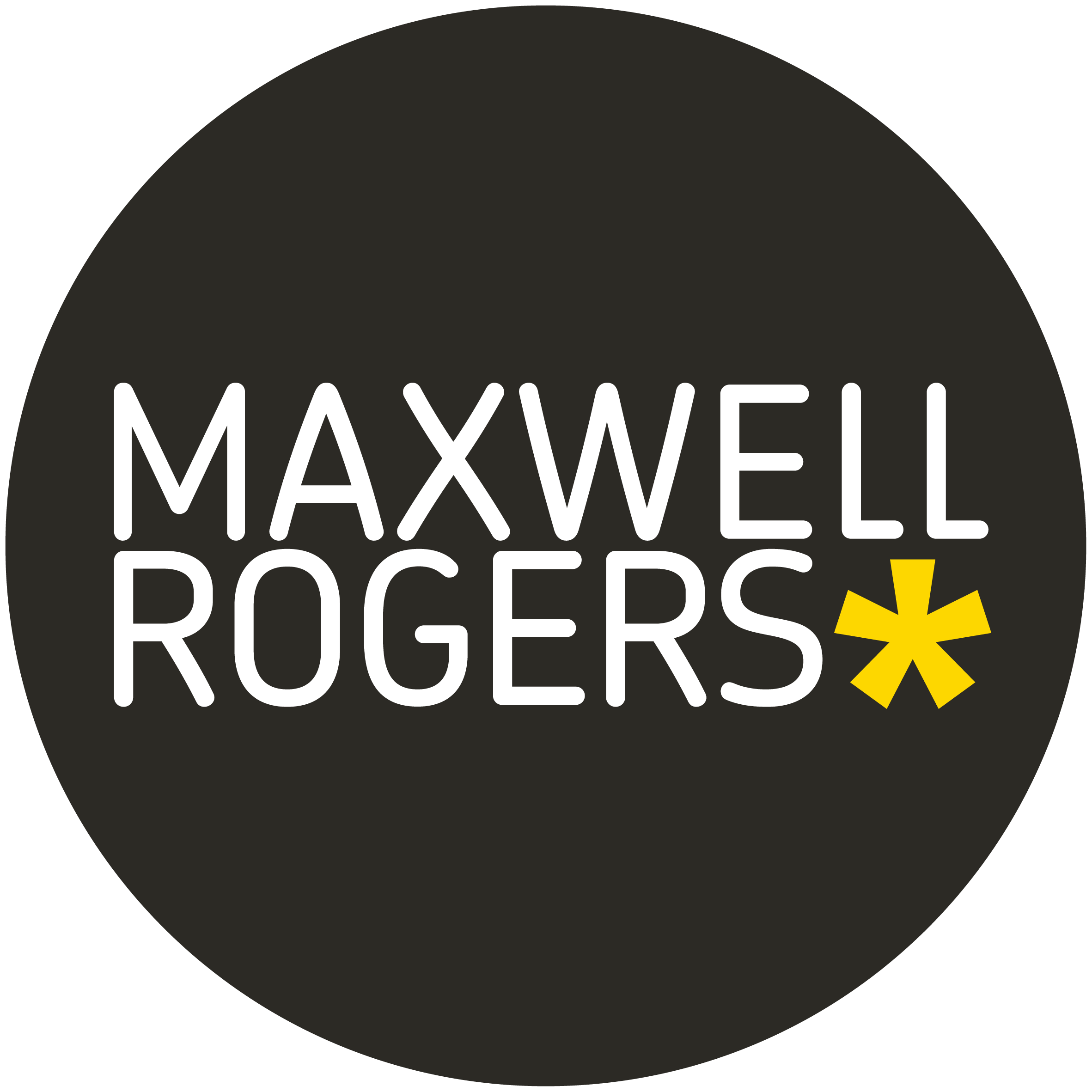By Maxine Rivett-Carnac, Content Director
I am in my 15th year at Maxwell Rogers (MR), and during this time I’ve experienced first-hand how we have become the agency we are today – Business Storytellers.
When I started working with MR, our focus was on great presentation design. Having something look good on a slide and across a whole presentation started with the basics – consistency and alignment. We added images, icons, colour, structure, layout and text formatting to really change the shape of the audience experience. It was purely about the aesthetics, and it added value.
As we were designing we also started noticing classic PPT faux pas when it came to the words on the page – repetition, paragraphs, very long titles, content that didn’t support the titles, lots of slides and no clear flow. We were seeing the content for the first time, as if we were the audience, and for us, and our clients, we wanted better.
So we started asking more questions.
Who are you presenting to? How long do you have to present? Why are you presenting? As we started to hear the answers, we realised more often than not the content we were seeing was opposed to the ambition.
Once we understood more about the presentations we were working on, we made suggestions: where to cut down, what to change, how to simplify, what to focus on, how it should flow. Our clients (mostly) concurred, and through collaboration we got closer to their goals for audience resonance, and our mission of ridding the world of poor presentations. Win win.
For us it was all about the stories we could help our clients tell.
We found that a strong narrative, connected dots, wayfinding and a clear structure made the difference from words on a page to a story people could connect with.
We adopted McKinsey’s Situation, Complication, Resolution framework (SCR) as our three-chapter storytelling structure for the presentations we worked on – and still use it today. It maps to many business stories, and helps our clients put their audience front and centre, shifting the story from an internal monologue, to an audience-first narrative. Keep an eye out for our ‘Narrative’ blog coming soon which goes into more detail about the framework.
The projects we collaborated on and the experiences we had are stories in their own right.
One of my first clients sent across a deck full of graphs. There was no clear story and they were not easy to follow. I asked him lots of questions he could not answer. It was a short call. The client took his deck away and came back a week later with new slides and a much clearer sense of what he needed to achieve. We then worked with him to craft his key messages, using his data to support them in a compelling way.
On another occasion one of our senior clients was presenting to their Board, pitching a business idea to improve ways of working for their service desk. They had 30 slides. The Board had five minutes. The message was lost in jargon, the killer stat hiding in the 4th bullet on the 8th slide. So we flipped the narrative, focussed on what mattered to the audience and mapped it to the SCR: “We need to sell better, old tech is holding us back, we need new ways of working and it will save us XX in lost time”. It was a three-slide deck, and his business case was approved.
Storytelling earnt us a seat at the content development table.
We ended up working on company strategies, building customer value propositions, developing brand stories and delivering internal campaigns. After all, a considerable amount of business content lives in some form of presentation.
And then the conversation changed. Instead of our clients asking us to work on their presentation, we were invited to develop the content before it ever reached a channel. Bringing our active listening and critical thinking to the fore to deliver e-books, product sheets, web-copy, messaging frameworks, 1-2-1 customer comms, go-to-market collateral, video and animations, to name a few.
We still do presentations, it’s in our DNA – it’s where our storytelling began.
But now, more than anything, our purpose is simply to help our clients tell better business stories that engage, influence and delight their audiences. With it being National Storytelling Week we wanted to celebrate our journey, all the clients who have been a part of it and the power of telling stories.

